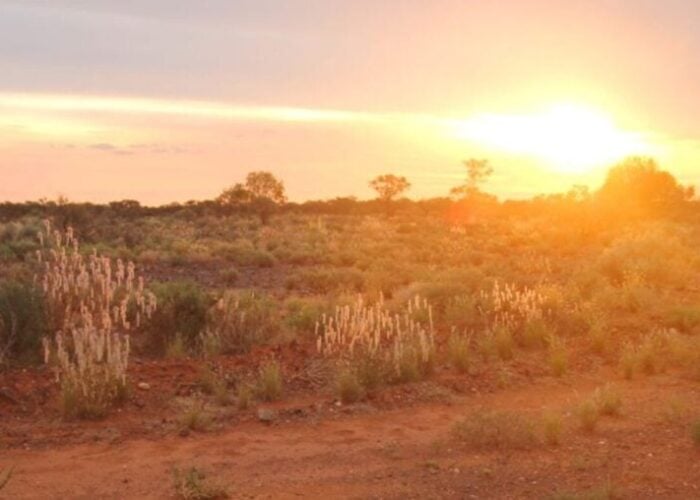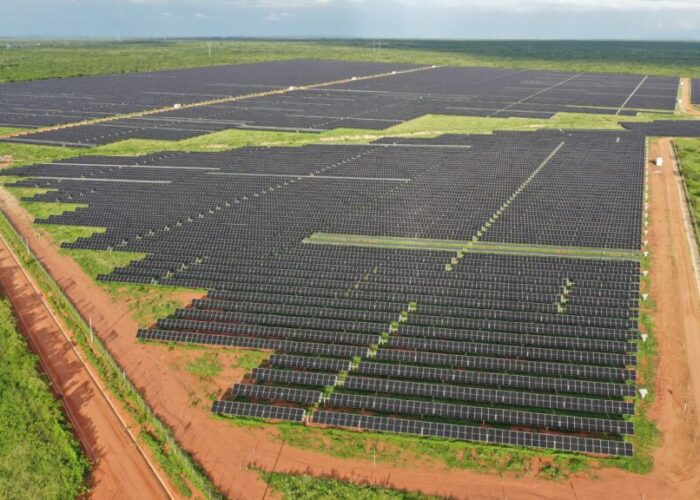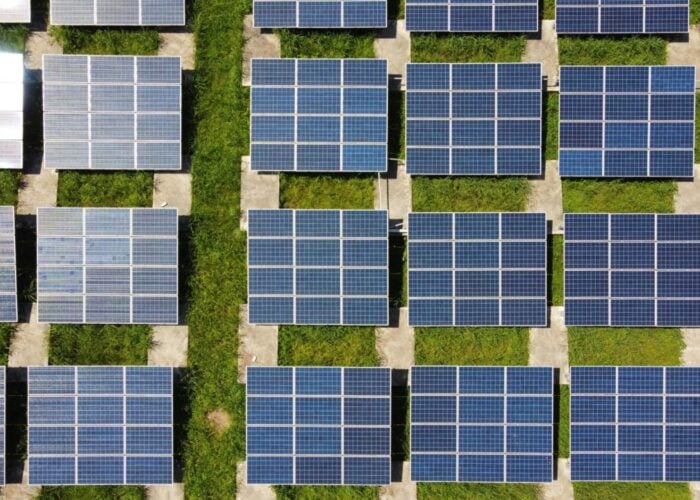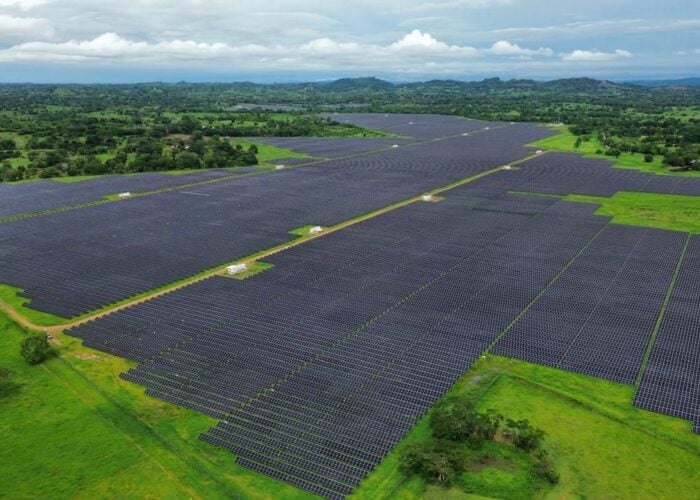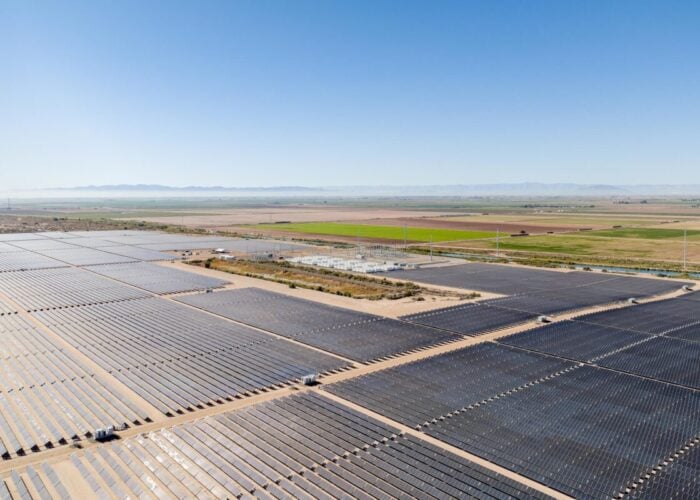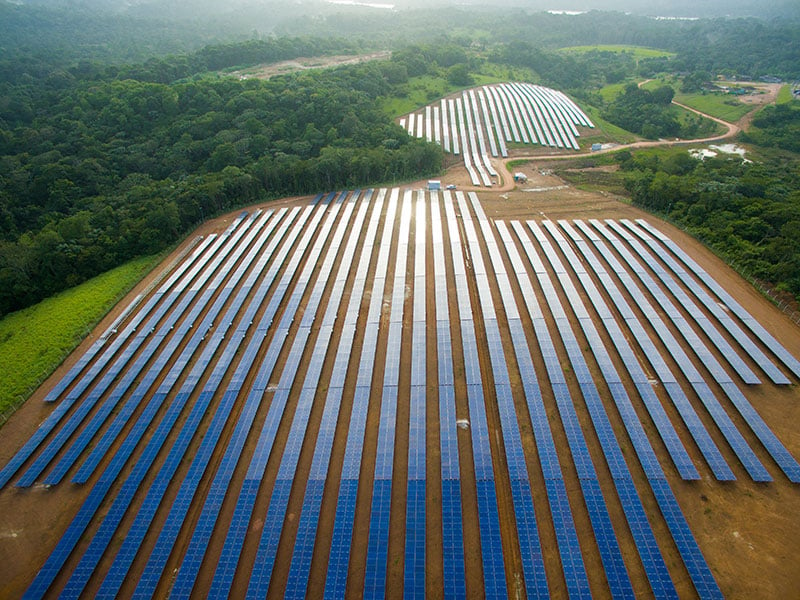
Latin America and the Caribbean need to double financing for clean energy projects to US$150 billion by 2030 to fulfil the Announced Pledges Scenario (APS), according to the International Energy Agency’s (IEA) Latin America Energy Outlook.
According to the IEA, the APS, introduced in 2021, illustrates the extent to which announced ambitions and targets can deliver the emissions reductions needed to achieve net zero emissions by 2050. It includes all recent major national announcements as of the end of August 2023, both 2030 targets and longer-term net zero or carbon neutrality pledges.
Unlock unlimited access for 12 whole months of distinctive global analysis
Photovoltaics International is now included.
- Regular insight and analysis of the industry’s biggest developments
- In-depth interviews with the industry’s leading figures
- Unlimited digital access to the PV Tech Power journal catalogue
- Unlimited digital access to the Photovoltaics International journal catalogue
- Access to more than 1,000 technical papers
- Discounts on Solar Media’s portfolio of events, in-person and virtual
IEA said in the report that Latin America and the Caribbean’s wealth of resources, such as renewables, oil, gas and critical minerals, and the experience in developing them could make major contributions to global energy security and clean energy transitions.
However, the region needs to substantially increase investment in renewables in the coming years. A total of US$150 billion of financing is required by 2030, and the amount of investment needs to rise fivefold by 2050 to meet the pledges, the IEA said. In this scenario, the ratio of investment in clean sources to unabated fossil fuels climbs from around 1:1 today to 4:1 in the 2030s.
IEA suggested that the region needs to attract private capital to achieve the goal of increasing investment in renewables. However, there are multiple challenges, including high financing costs, political and regulatory instability, and limited domestic credit capacity. Supportive policies, tailored solutions such as hedging instruments, and more concessional financing, especially for energy efficiency and emerging technologies, are required to help achieve the renewables targets.
IEA’s report also said the region boasts the potential to develop renewables. Latin America and the Caribbean already have one of the cleanest electricity sectors in the world. Renewables, led by hydropower, generate 60% of the region’s electricity, twice the global average. As a result, the region accounts for only 5% of global cumulative energy-related greenhouse gas emissions to date.
Meanwhile, countries in the region, such as Brazil, Mexico, Chile and Argentina, boast “some of the world’s best wind and solar resources.”
The region also holds minerals that are essential components in clean energy technologies, with around half of global reserves of lithium, and more than a third of copper and silver reserves.
“Latin America and the Caribbean can play an outsize role in the new global energy economy. With incredible natural resources and a longstanding commitment to renewables, countries in the region already have a head start on secure and sustainable transitions to clean energy,” said IEA executive director Fatih Birol.
Currently, half of the countries in the region have pledged to achieve net zero emissions by mid-century or earlier. They represent around 65% of the gross domestic product (GDP) in the region and 60% of its energy-related CO2 emissions. IEA suggested that efforts to reduce emissions in the region must also look to agriculture and land-use change, which account for 25% and 20% of its total greenhouse gas emissions respectively.
Last month, the IEA published the World Energy Outlook report, stating that renewables will contribute 80% of new power capacity in 2030 in the stated policies scenario (STEPS), with solar PV alone accounting for more than half of this.
The IEA expects solar manufacturing capacity to exceed 1.2TW of module nameplate capacity per year by the end of the decade, however in the STEPS only 500GW of solar capacity will be deployed globally in 2030, less than half of the 1.2TW nameplate capacity available for deployment.

